British consumer prices grew at their highest annual rate in over 30 years, putting more pressure on consumers and increasing the chances that the Bank of England would hike interest rates for the third time in a row.
In January, the annual rate of consumer price inflation hit 5.5%, the highest level since March 1992, when Britain was emerging from a long period of inflation-feeding high wage agreements, according to Reuters.
The Bank of England predicted earlier this month that inflation would peak at roughly 7.25 percent in April, when household energy expenses are expected to increase by more than half.
The United Kingdom is not alone in experiencing a substantial loss of purchasing power. In January, consumer price inflation in the United States reached a 40-year high of 7.5%, while inflation in the eurozone reached a new high of 5.1%.
What you should know
- The Bank of England has hiked interest rates twice since December, to 0.5% from 0.1%, and financial markets forecast another hike on March 17 to 0.75% or 1%.
- The rise in inflation in January was due to less holiday discounting by merchants than a year ago, according to the Office for National Statistics.
- Clothing and footwear costs grew by a record 6.3% annually, adding 0.2% points to the CPI rate, while food and beverage prices increased by 4.3%, the most since April 2013.
- Petrol prices were lower than December but are still 23.6% higher than a year earlier, while the cost of second-hand cars was 28.7% higher.
- Core inflation, which excludes sometimes volatile prices for energy, food, alcohol and tobacco, rose to 4.4% in January from 4.2% in December, its highest since these records began in 1997.
- Retail price inflation, which the ONS claims is no longer reliable but is used in business contracts and to set interest payments for some government bonds, reached 7.8% in January, the highest level since March 1991.
- Manufacturers raised prices by 9.9%, the most since September 2008. However, the rise in raw material costs for manufacturers moderated marginally, rising by 13.6 percent, down from 13.8 percent in December and a high of more than 15 percent in November.

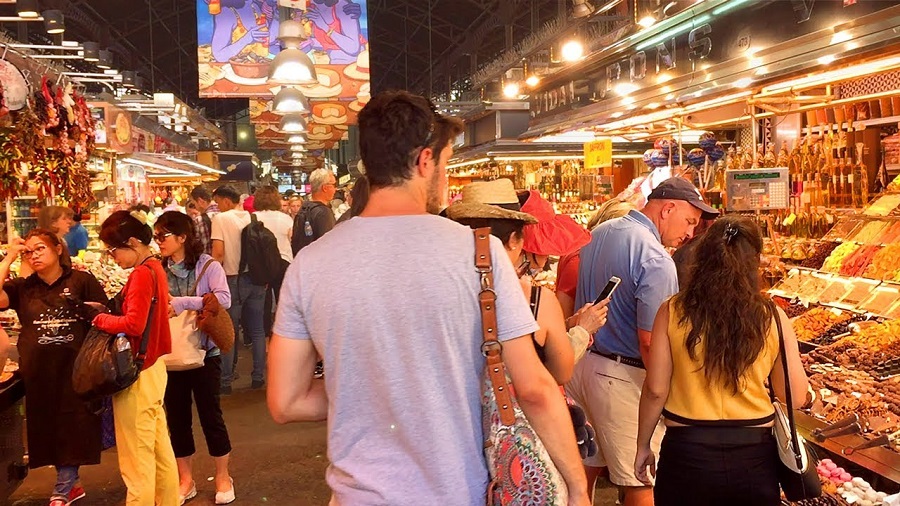







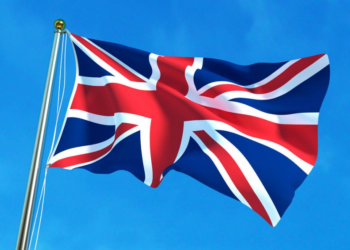
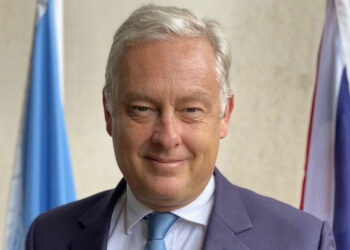
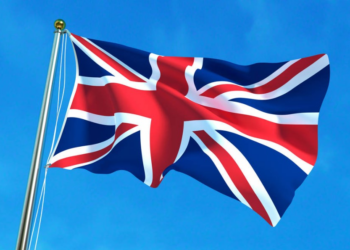

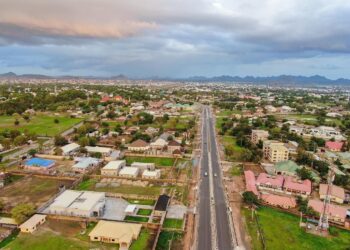

.gif)






